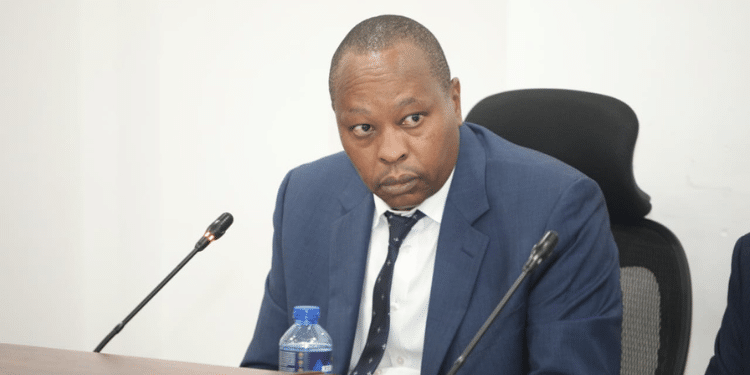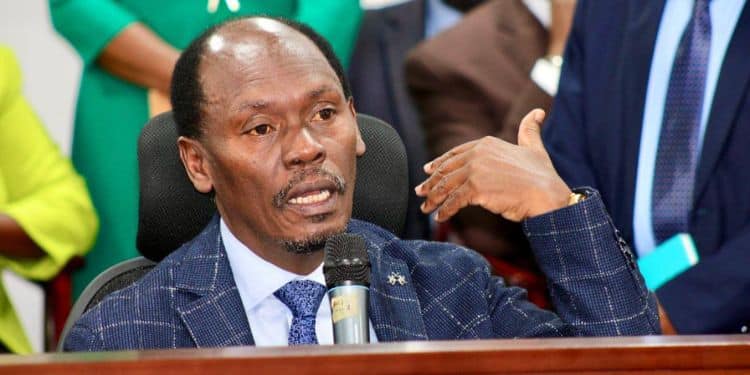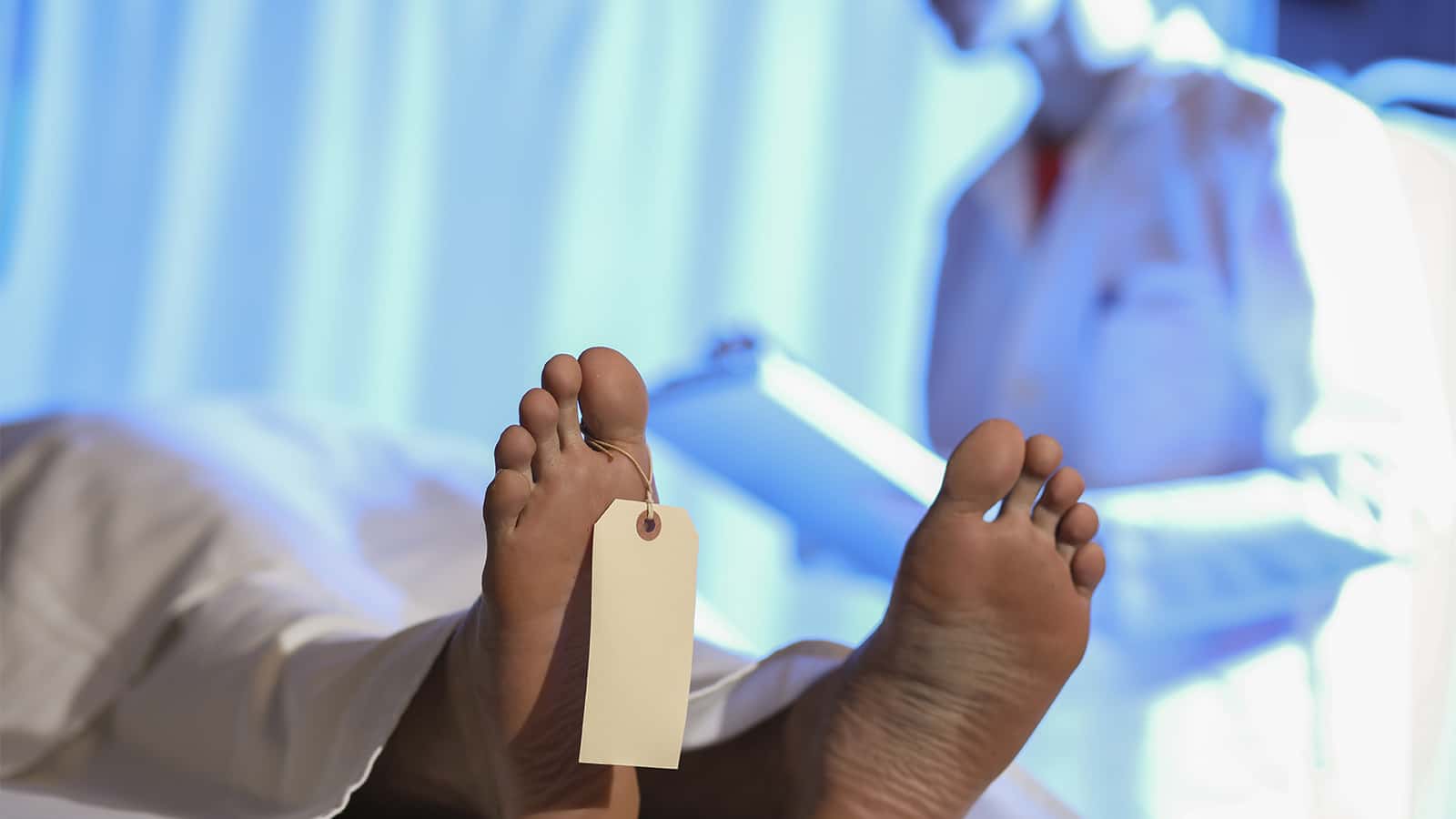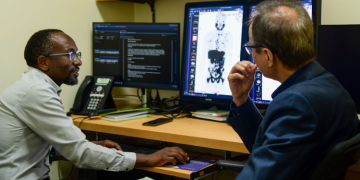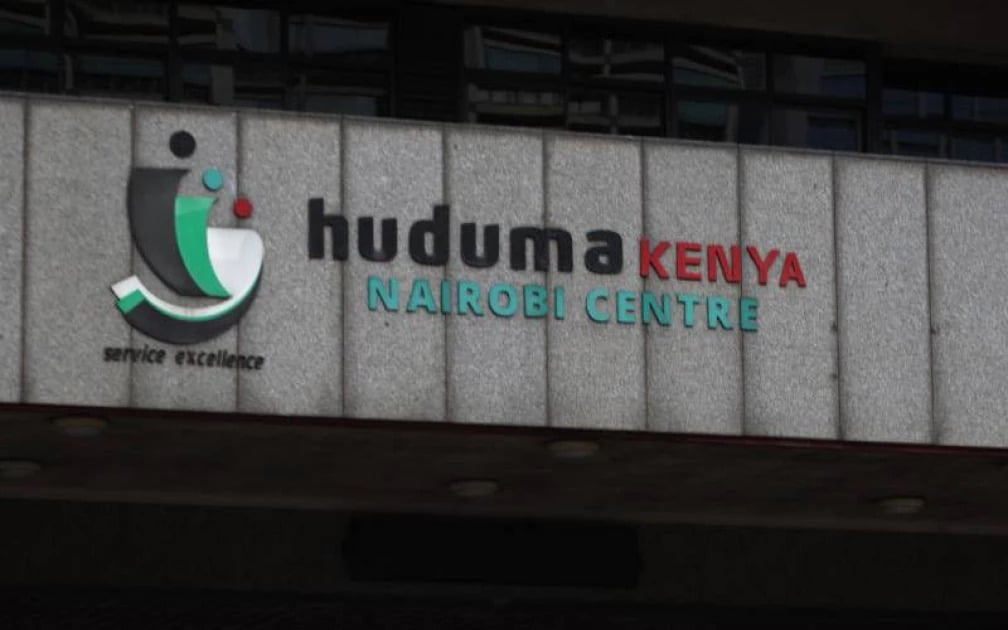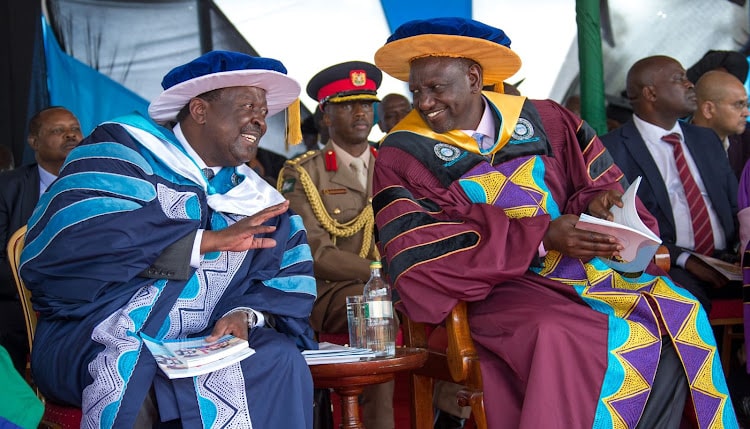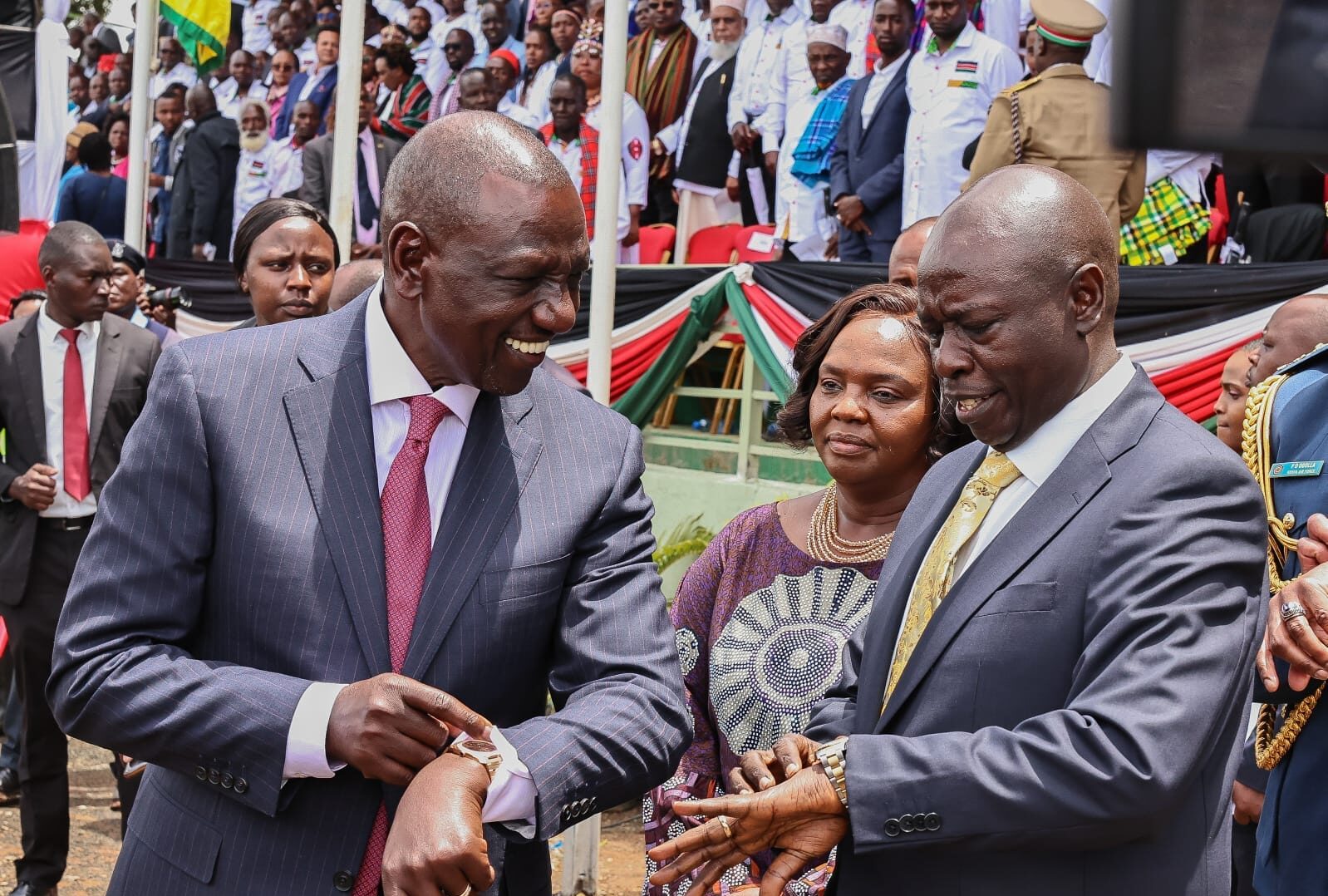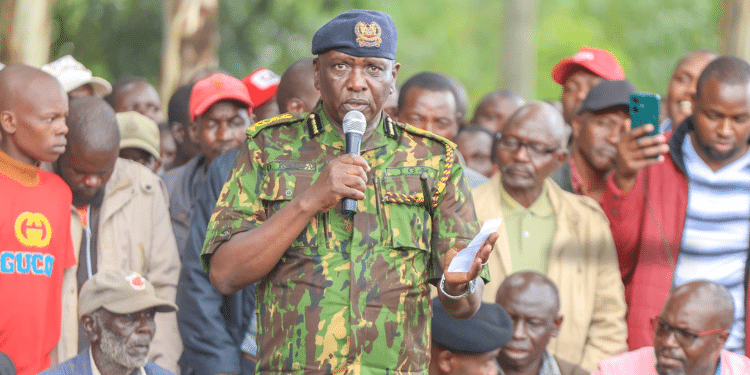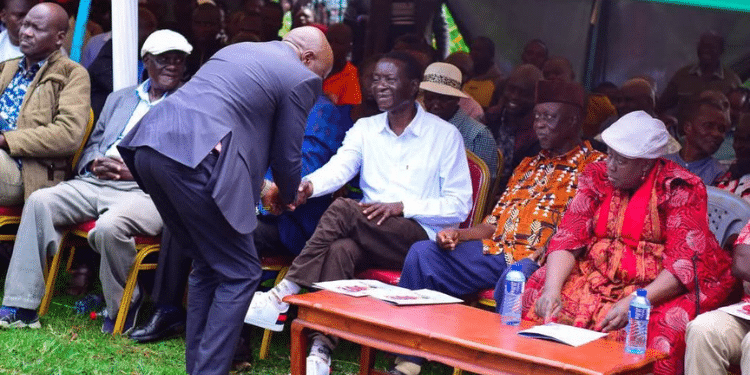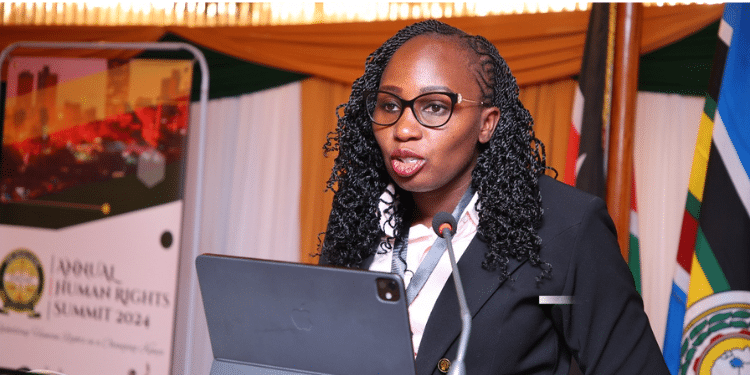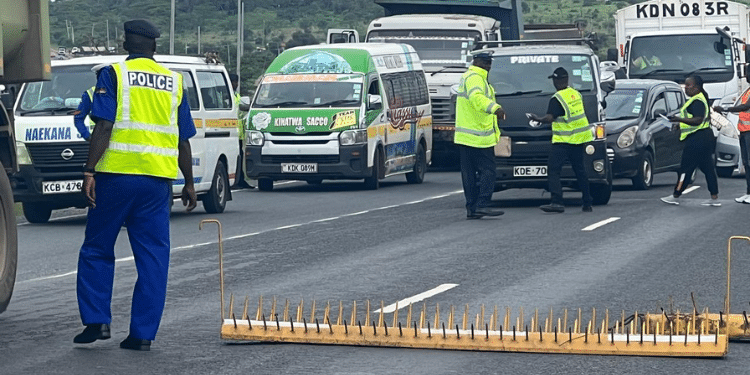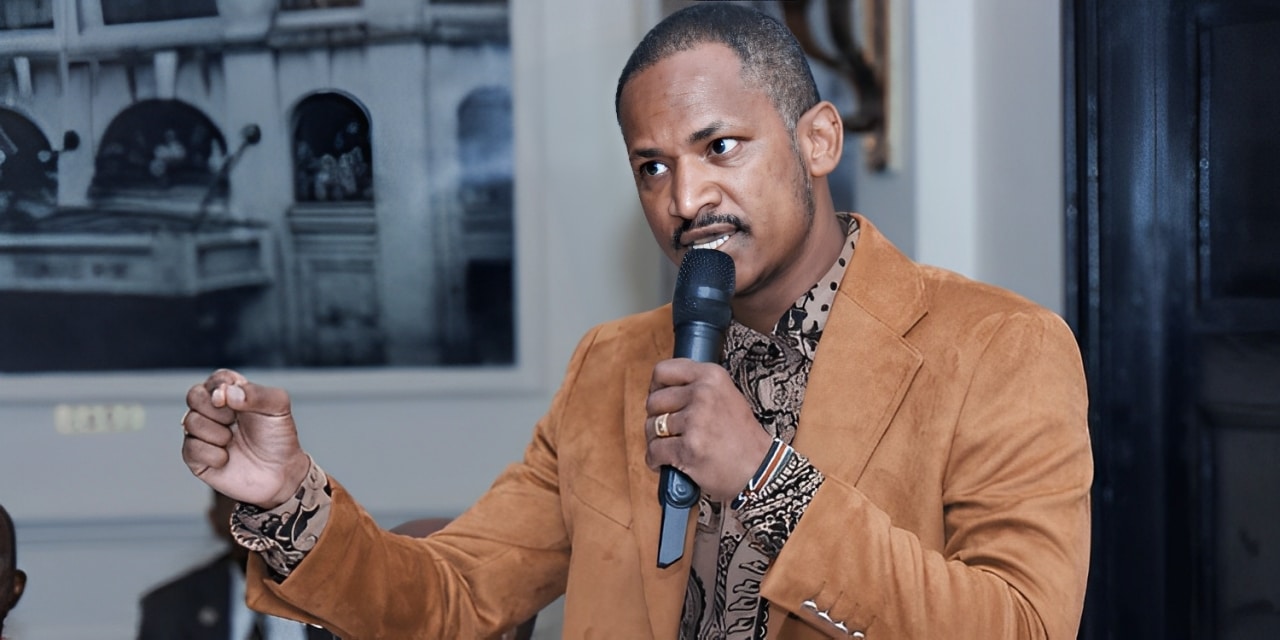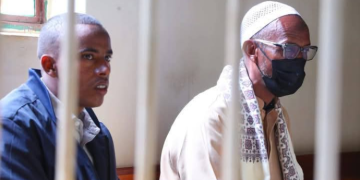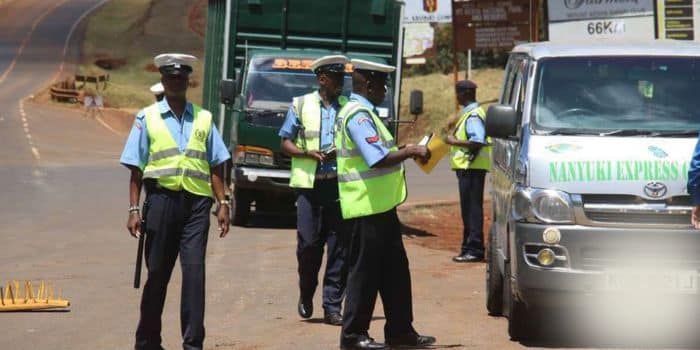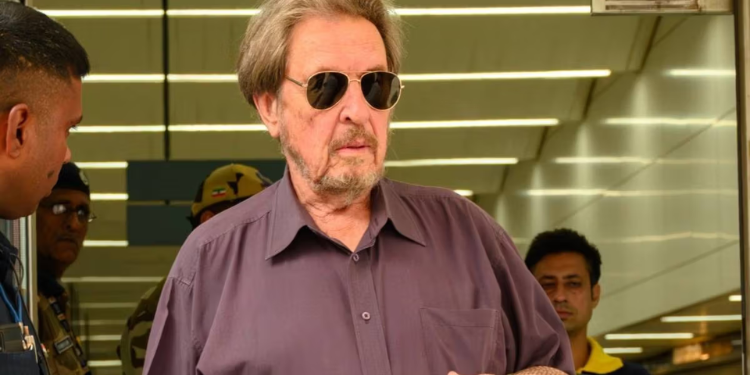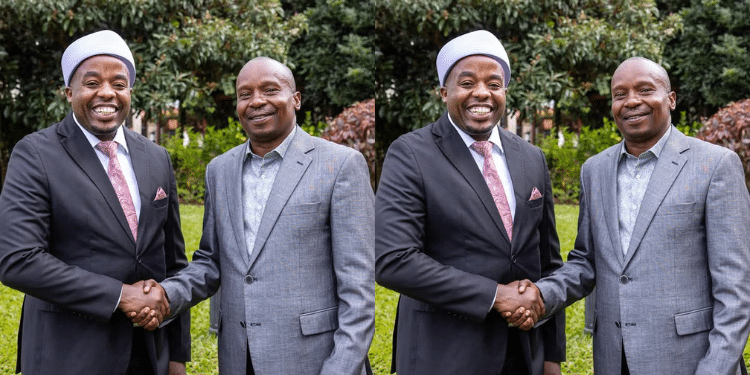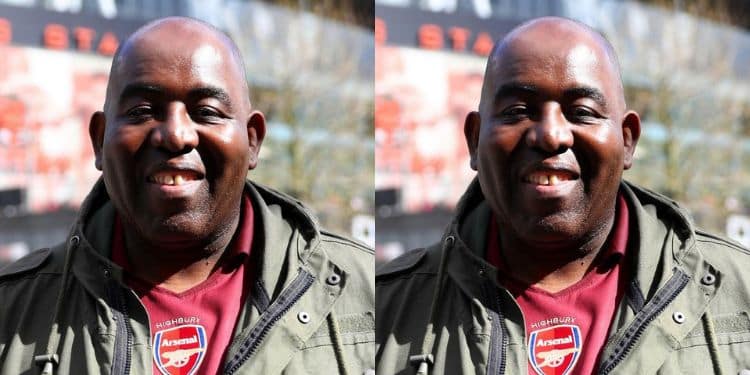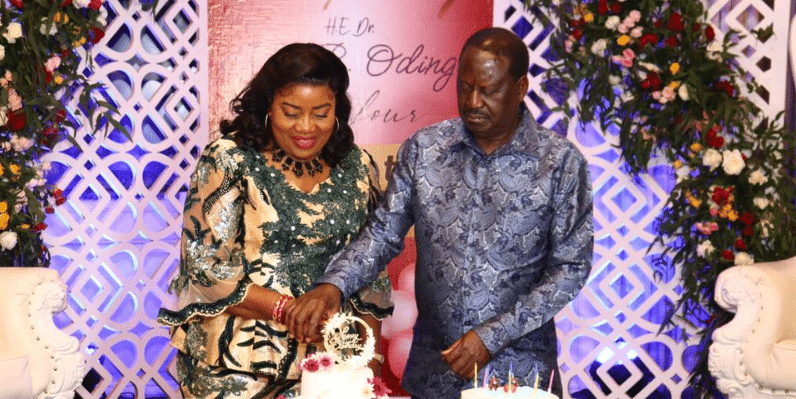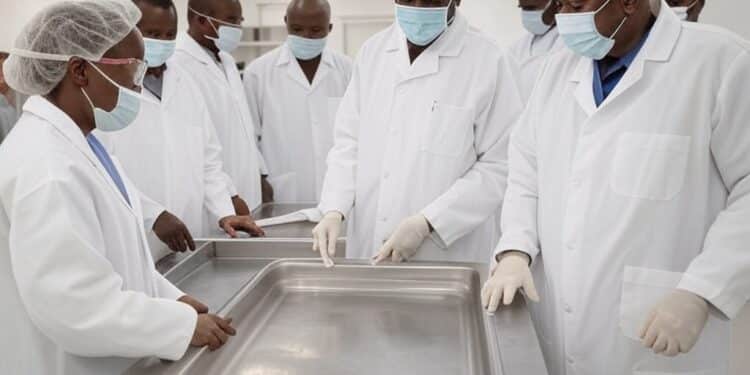On numerous occasions, we have witnessed a postmortem, or an autopsy, being conducted on deceased individuals—particularly in cases of suspected murder or suicide. At times, we have seen postmortems conducted even when the cause of death seems obvious to us.
But how often do we pause to ask why these procedures are carried out, especially on our loved ones or prominent figures?
The Kenya Times sought insights from pathologists and security experts to shed light on this critical process and what it entails.
An autopsy is a medical examination of a body to determine the cause of death.
The cause of death occurs either as an injury in cases of violent deaths or by disease in cases of natural deaths.
For example, if a head injury is the cause of death broadly, then how the head injury occurred can be accidental, suicidal, or homicidal.
Pathologist Explains Why an Autopsy Is Conducted When Someone Dies
Dr. Edwin Walong, a senior lecturer in pathology at Maseno University, explains that a postmortem is conducted for several reasons, including understanding sudden or unexplained deaths, assisting legal investigations, and advancing medical knowledge.
“An autopsy is carried out to identify the manner of death, which refers to the circumstances surrounding the cause of death or the condition that directly led to it. This can be either natural or unnatural,” he said.
According to Dr. Walong, natural causes of death, where an individual has gone through a disease process, can include medical or surgical factors and a diagnosed disease.
On the other hand, unnatural causes of death involve external factors.
“Unnatural causes of death include homicide—direct action leading to involvement with the justice system, suicide—self-harm, and accidents, which can be either external or internal,” he said.
“Internals accidents occur within the healthcare environment or broadly related to medical care. These are deaths associated with medical or surgical treatment where medical negligence is alleged or anesthetic deaths.”
Postmortem Provides Solution to Causes Death
Walong adds that an autopsy links the cause of death to potential solutions, that is decision making and safety.
If someone dies due to a wrong surgical procedure, he says, a postmortem will help remind health officials to be more careful when performing procedures.
Similarly, if someone dies in an electrocution accident, the test will provide solutions on how engineers can better set up power systems.
At the same time, he stated that an autopsy helps people seek justice, especially in cases related to murder and accidents.
“It provides relevant closure for jurisprudence and litigation,” he added.
Additionally, he said post-mortems are conducted in disaster victim identification, which involves deaths of multiple people at the same time and to reveal disease processes that were not known.
This mostly happens in terrorist attacks, fire incidents, and accidents, and there is an INTERPOL protocol for it.
The process starts with recording activities at the scene, managing the dead bodies, and filing missing person reports.
“We identify the missing persons by their physical characteristics, fingerprints, DNA, and X-rays,” he explained.
“Autopsies are also conducted when bodies are intact, fragmented, or severely decomposed. Examination of these pieces is an essential part of the autopsy process.”
The National Insititute of Health explains that autopsies are done to estimate the time since death (postmortem interval).
Autopsy Essential in Suspicious Deaths for Legal Clarity
On his part, George Musamali, the Director of Executive Protection Services Ltd, Kenya, stated that any suspicious death requires an autopsy and if it is proven that the cause was not natural, then the police must investigate.
He emphasized that the autopsy report plays a crucial role in legal proceedings.
“The reason why this has to be done is that the autopsy report will form part of the evidence that the police present in court to determine the case,” he explained.
Musamali further noted that if people are arrested and prosecuted in connection with a death, it automatically indicates that the cause was not natural.
“So it’s very crucial that we have an expert’s report, which is the autopsy report, confirming to the court that this death was not natural,” he added.
“People can stage a scene to make a murder look like suicide. Take the case of Sergeant Kenei, for instance. He was initially reported to have died by suicide, but later, investigations confirmed it was murder,” he siad.
Musamali revealed that sometimes families insist on an autopsy even when it is not mandatory, and in such cases, their request is honored.
“Even when a death seems natural, you never know what might be uncovered. There have been instances where an autopsy revealed poisoning, strangulation, or blunt force trauma when the death was initially believed to be natural,” he said.
Also Read: Autopsy Reveals How Molo Activist Richard Otieno Died
Types of Autopsies
There are three types of autopsies, which Dr Walong said depend on who is asking for it.
Clinical (hospital) autopsy: which is conducted to understand diseases and improve medical knowledge. This type of autopsy is initiated by researchers and is usually performed with family consent.
There is also the academic/research autopsy that is conducted for medical education and research.
The other one, forensic (medico-legal) autopsy is ordered by legal authorities, doctors or individuals when death is sudden, suspicious, or due to unnatural causes and helps in criminal investigations.
“The performance of a forensic autopsy follows instructions from the concerned legal authority responsible for the medicolegal investigation of sudden, unexpected, suspicious, mysterious, unwitnessed, unexplained, or litigious deaths, criminal deaths, industrial deaths,” Walong added.
Techniques Used in Examination
The “Handbook of Autopsy Practice” by Jurgen Ludwig outlines four primary autopsy techniques, each with a distinct method of organ examination and removal:
- Technique of Virchow: Involves the removal of organs one by one for examination.
- Technique of Rokitansky: Uses in-situ dissection, where organs are dissected within the body without removal.
- Technique of Ghon: Focuses on removing cervical and thoracic organs, as well as the abdominal and urogenital systems, in blocks.
- Technique of Letulle: Involves removing cervical, thoracic, and abdominal organs as a single block.
In addition to these techniques, Pathologist Walong said forensic autopsies involve several key steps:
- Photographs and Video: Capturing images and video for legal documentation.
- Sample Retention: Collecting body fluids and viscera for chemical/toxicological and histopathological analysis.
- Cosmetic Restoration: Restoring the body to its best possible condition for the legal authorities.
- Written Report: Providing a detailed postmortem report summarizing the findings, conclusions, and scientific reasoning.
Also Read: Experts Advice on Effective Ways to Lose Weight
Cost of Autopsy
According to Dr. Edwin Walong the cost of an autopsy depends on the hospital’s service charter, which determines pricing based on the scope of the procedure.
“In most government facilities, such as City Mortuary, autopsies are free. However, at the entry level, costs range from Ksh 15,000 to Ksh 500,000,” he said.
He explained that specialized tests come at an additional cost.
“Toxicology tests start at Ksh 140,000 for a standard autopsy. Research autopsies range from Ksh 50,000 to Ksh 150,000, while pathogen discovery tests can cost between Ksh 60,000 and Ksh 1 million,” he noted.
The cost also depends on the infrastructure, mortuary facilities, and equipment required for the procedure.
“Despite these costs, we pathologists often sacrifice our time, efforts, and skills, even with inadequate funding or reimbursements,” Dr. Walong added.
Follow our WhatsApp Channel and join our WhatsApp Group for real-time news updates


